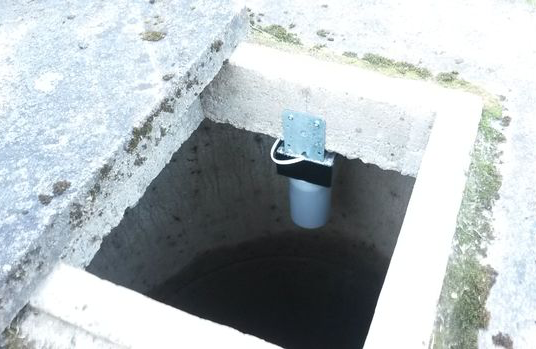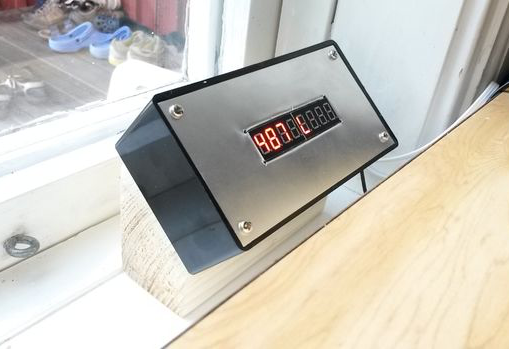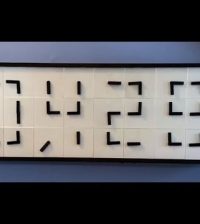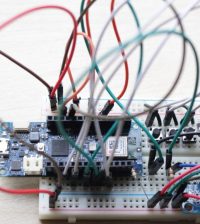- How to Adjust X and Y Axis Scale in Arduino Serial Plotter (No Extra Software Needed)Posted 7 months ago
- Elettronici Entusiasti: Inspiring Makers at Maker Faire Rome 2024Posted 7 months ago
- makeITcircular 2024 content launched – Part of Maker Faire Rome 2024Posted 9 months ago
- Application For Maker Faire Rome 2024: Deadline June 20thPosted 11 months ago
- Building a 3D Digital Clock with ArduinoPosted 1 year ago
- Creating a controller for Minecraft with realistic body movements using ArduinoPosted 1 year ago
- Snowflake with ArduinoPosted 1 year ago
- Holographic Christmas TreePosted 1 year ago
- Segstick: Build Your Own Self-Balancing Vehicle in Just 2 Days with ArduinoPosted 1 year ago
- ZSWatch: An Open-Source Smartwatch Project Based on the Zephyr Operating SystemPosted 1 year ago
Arduino Ultrasonic Fluid Level Meter

If you need to monitor the fluid level in a large diameter well, a tank, or an open container, for only €70 you can build your own Ultrasonic fluid level monitoring system.
One day, my brother and I talked about how our grandfather used to measure the water level manually in order to keep track of the water consumption and influx throughout the summer to avoid overdraft. We thought that with modern electronics we should be able to revive the tradition, but with less manual labour involved. With a few programming tricks, we managed to use an Arduino with a sonar module to measure the distance down to the water surface (l) with reasonable reliability and an accuracy of ± a few millimetre.
All you need is:
- 2 x Arduino (one for measuring fluid level, one for showing the results on a display)
- A basic 12V power supply
- Ultrasound (sonar) module HC-SR04
- LED display module MAX7219
- 25 m telephone cable (4 wires: Power, ground and 2 data signals)
- Mounting box
- Hot glue
- Solder
Instructables user “karlli” and his brother used a pair of Arduinos to monitor well levels outside of a summer cottage in order to avoid emptying it. One board sits above the well and senses water level with an ultrasonic sensor, while the other receives this data, calculates the volume of water remaining, and displays it nicely for those in the house to see.
Volume can be calculated to an accuracy of ± one liter. In practice, the setup responds to a flushed toilet or running the tap for a few minutes, and shows the well refilling overnight!
For more information visit karlli’s Instructables page.

















